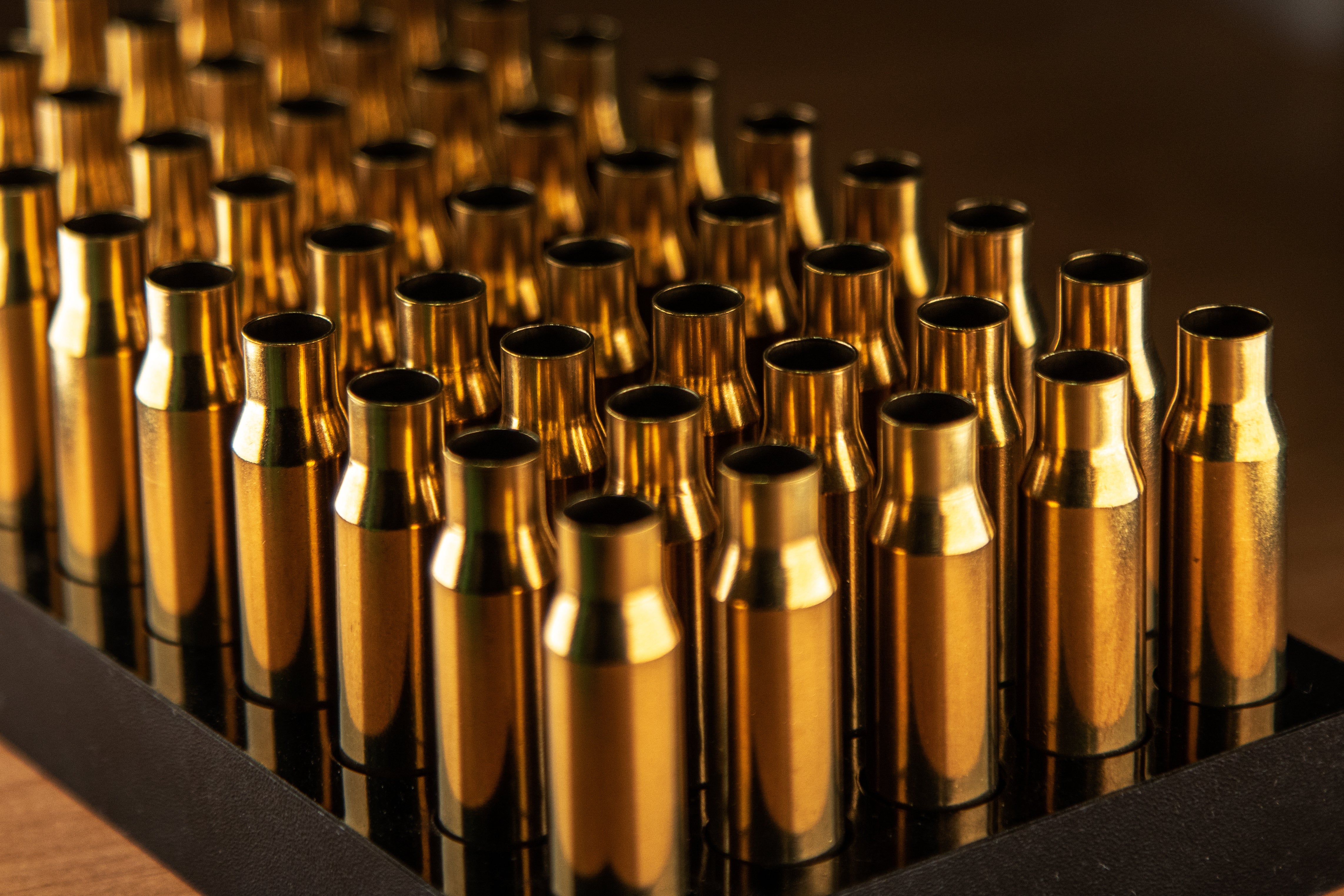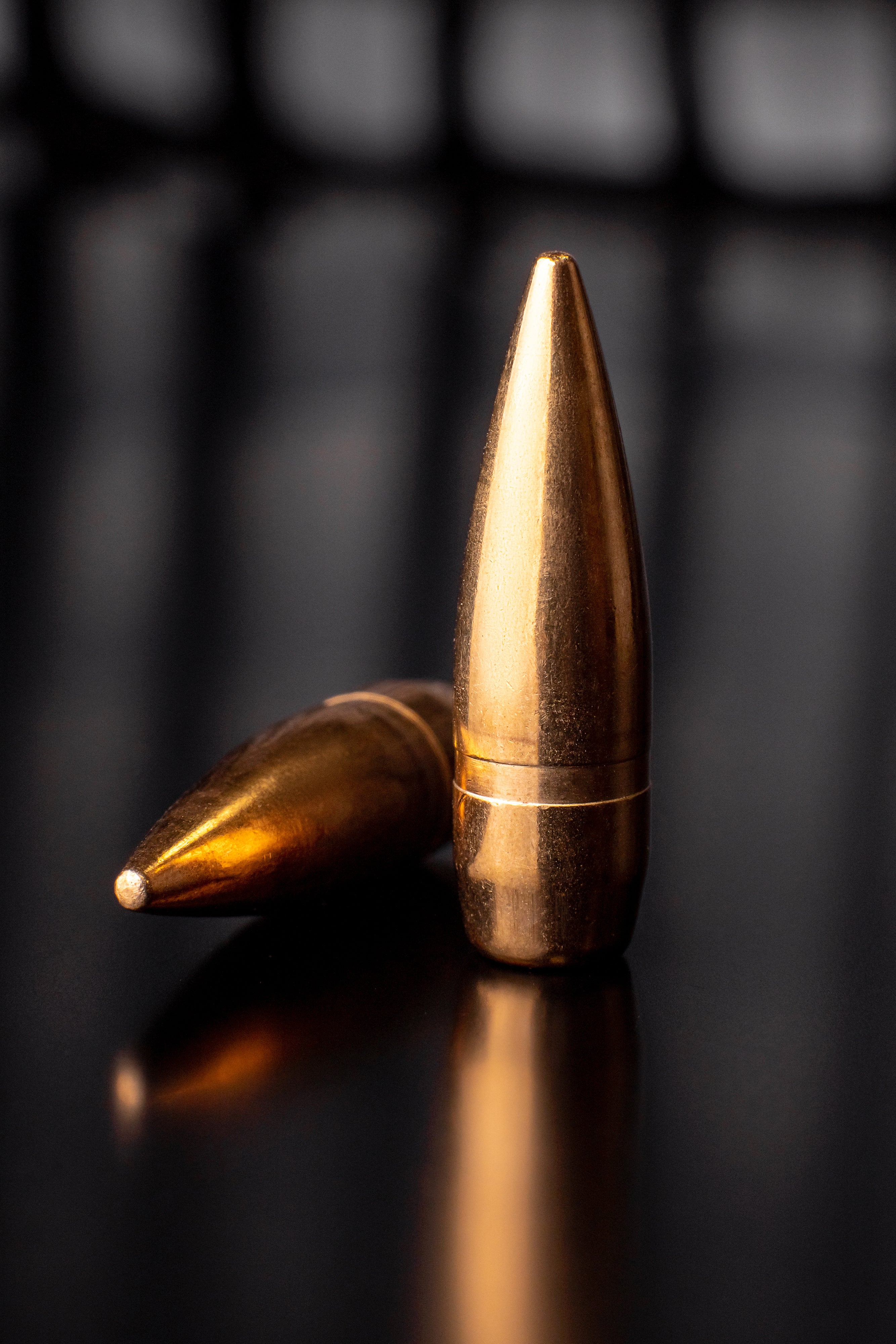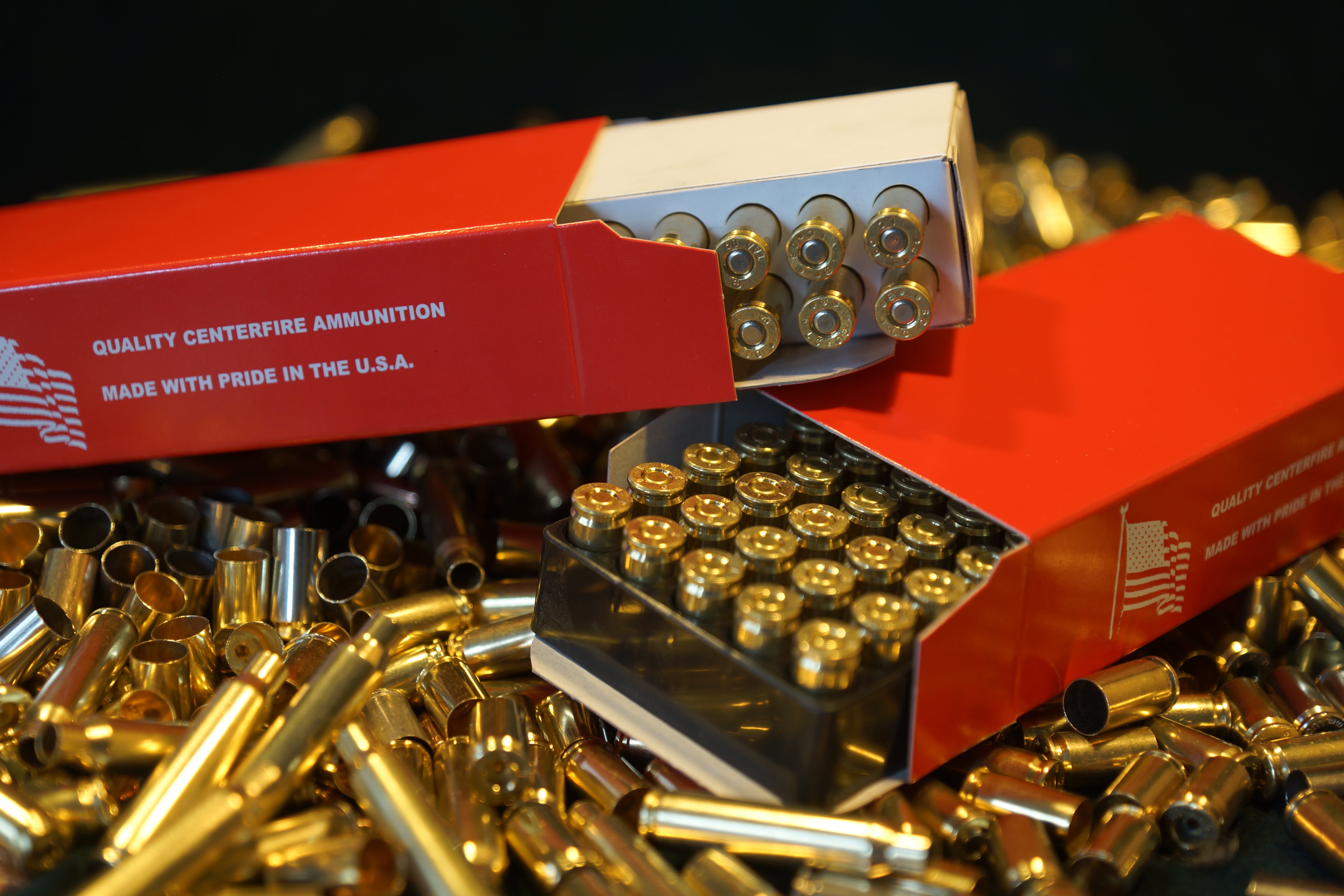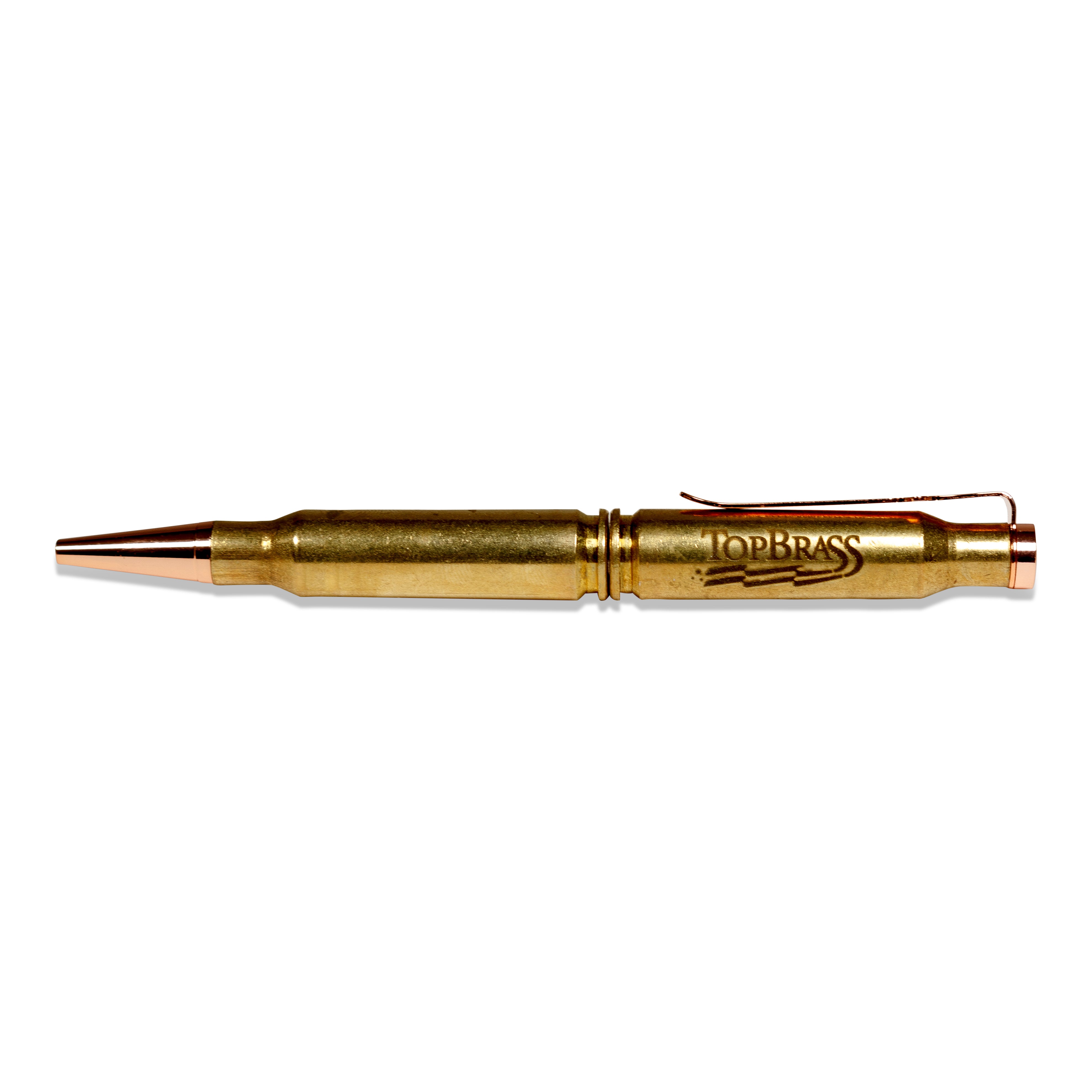Menu

Bullets Flying: The Gravity of the Situation
What is the force of gravity doing to my bullet? Is this something I need to know? The answer is probably, ‘no,’ but it is interesting.
Precision shooters understand the physical dynamics that effect their flying bullet. Overwhelmingly, they focus on the Ballistic Coefficient (BC) of the projectile as it works against air resistance during its flight. Such measures in calculation include: bullet mass, bullet diameter, and bullet drag coefficient (based on a standard model projectile with standard / known drag characteristics). The fun little formula is:
BC = M / (Cd x A)
M = Mass
Cd = Coefficient of Drag
A = Cross Sectional Area of Projectile
All that said (in one breath, no less), the fact is: GRAVITY plays the largest role in determining the path of a flying bullet. No matter what the BC data says, your bullet is destined to fall back to Earth. As simple as this is, let’s discuss.
GRAVITY’S AFFECT ON A BULLET
Gravity affects a bullet the instant it leaves the barrel. In other words, it starts to drop. I know this sounds strange. How can a bullet start to drop when it possesses its maximum velocity and momentum the instant it is fired? The physics is thus: bullet speed does not affect the force of gravity. In fact, if you dropped a bullet from your hand, and fired a bullet from a perfectly level rifle (at the exact same time, from the exact same height), the two bullets will hit the ground at the exact same time! Crazy, but true. What makes the difference in shooting accuracy (in the less than exact world of shooting sports) is that a bullet’s path is always an arc to its target…no matter the line-of-sight. The distance to the target and the speed of a bullet can easily conceal this reality. Although a scope may ‘cross-hair’ a target, the barrel muzzle must always be lifted for range. Matching the gravitational drop to this arc is the bullseye. Because gravity is consistent, its effects can be easily overcome. In shooting, it’s called, ‘drop.’
GRAVITY QUICKLY EXPLAINED
Gravitational force is a known universal constant that calculates the velocity of a falling object (on Earth) without wind resistance as: 9.8 m/s/s – stated, a fall rate of 9.8 meters per second for the first second, increasing its speed by 9.8 meters per second for the second, etc. Note that the acceleration is a constant with the velocity increasing linearly. Such a calculation is based on falling objects held in a vacuum. On Earth, with wind resistance, this acceleration will eventually reach a maximum (non-accelerating) speed known as terminal velocity. This is due to the equal matching force of air resistance to the bullet’s velocity. We’ve all seen the skydivers speed up by aiming their heads downwards in an aerodynamic pose, and then slowing down by spreading their body out…wind resistance vs. velocity.
SHOOTING WITH GRAVITY
Applying this to shooting, let’s refresh:
- Bullet velocity does not affect the force of gravity
- Gravity affects the bullet the instant it leaves the muzzle of the barrel
- All trajectories from shots must be arced to the target
- Distance to target and speed of bullet can conceal gravity’s affects
- Gravity force is constant and can be calculated for drop
- Wind resistance affects velocity
All shooters know, a longer shot requires a larger arc in order to greet the target. Because gravity’s force is a constant in acceleration per a measure of time (in seconds), it follows that the longer a bullet travels, the faster and faster it falls off target. Therefore, long-range shooting requires some additional compensation to be considered. Remember, gravity accelerates over time. The longer a bullet is in the air (due to larger arc), the more rapid (times 2 / times 2 per second) the bullet will drop. Simply put, the bullet’s elevation will drop dramatically as it extends range (always an arc, but an ever steepening one). Therefore, the speed of the bullet does play a crucial role…not by defying gravity, but by how long its in the air. Arc and speed help the shooter ‘reach out,’ but at no time is the shooter over-powering gravity. They’re only extending the time it takes to reach the target. Gravity is still in full force and constant.
For short-range shooting (i.e. 100 yards with 308WIN), the approximate bullet velocity of 2,800 fps (varying on bullet grain, powder load, barrel length, etc.) reaches the target in about a tenth of a second. Believe it or not, gravity has played a role. Although not enough drop to brag about at the pub, the bullet’s path still possessed an arc to reach target... always.
In summary, the longer a bullet is in the air, the faster it will fall due to gravity. Add air resistance and it will fall even faster. Nevertheless, such matters can be overcome. With practice at a shooting range, and knowing how much your bullet drops at various distances (100 / 200 / 400 yards / etc.), an accurate drop compensation can be achieved.
- Choosing a selection results in a full page refresh.




